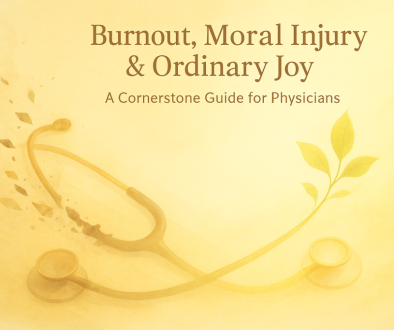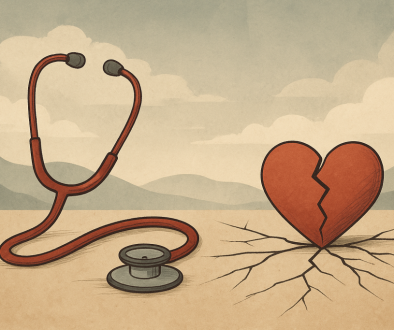Strategies for Avoiding Physician Burnout: A Comprehensive Guide
Physician burnout and well-being have gained a lot of attention since the outbreak of COVID-19. The ongoing crisis has led to various studies and articles about the importance of physician resilience and the consequences of physician burnout. Burnout is a syndrome characterized by emotional exhaustion, depersonalization, and reduced personal accomplishment resulting from chronic, unaddressed workplace stress. In contrast, resilience is the ability to respond to stress healthily and bounce back after challenges, eventually flourishing despite them. While resilience training is seen as a potential solution to physician burnout, its benefits are not entirely clear.
Resilience is undoubtedly highly beneficial for physicians. It is linked to a decreased number of medical errors, improved quality of care, and lower burnout rates. However, it is important to note that physicians already have higher resilience levels than the general population, which suggests that a lack of resilience is not the primary cause of burnout. Although resilience training can improve resilience in the short term, it does not seem to improve overall well-being. Therefore, it may not provide a complete solution to address physician burnout.
To prevent physician burnout and enhance physician well-being, the best approach is to combine individual effort with organizational changes that promote work-life balance, align work with values, and reduce administrative burden.
Avoid Physician Burnout with Resilience
1. Set boundaries between work and personal life by prioritizing personal life events first. This helps create a better balance between work and personal life.
2. Align work with personal values by spending time doing work that honors them. This will help to feel more fulfilled and satisfied with the work.
3. Practice mindfulnessmindfulness activities. Journaling, practicing gratitude, and meditating improve resilience and prevent burnout.
4. Make the Electronic Health Record (EHR) work for you. Develop templates, use voice recognition software, or even an AIAI tool to improve efficiency.
Healthcare organizations can support these methods through creative changes that allow for individualized provider schedules, develop clinical programs around provider expertise and passions, and make the EHR work for providers. Ultimately, healthcare organizations must act and support their providers in maintaining their physical, emotional, and mental health, benefiting the patients they care for. By implementing positive changes, we can create a healthier, happier, and more resilient healthcare environment that helps providers and patients alike. Let’s work together to prevent burnout, enhance physician well-being, and provide the best possible care for our patients.





